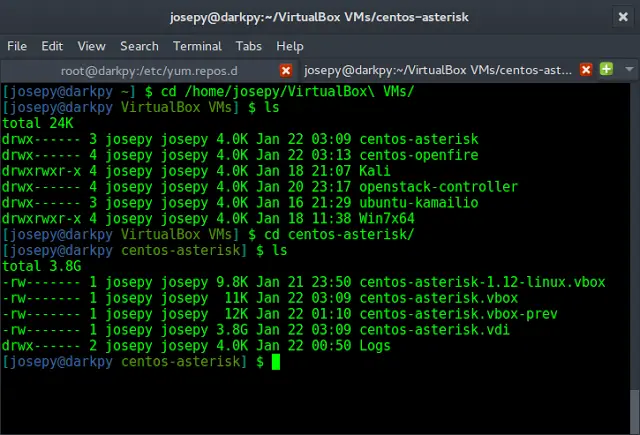In this article, we will see how we can seek media of player of PYGLET module in python. Pyglet is easy to use but powerful library for developing visually rich GUI applications like games, multimedia, etc. A window is a “heavyweight” object occupying operating system resources. Windows may appear as floating regions or can be set to fill an entire screen (fullscreen). This module allows applications to specify a search path for resources. Pyglet can play WAV files, and if FFmpeg is installed, many other audio and video formats. Playback is handled by the Player class, which reads raw data from Source objects and provides methods for pausing, seeking, adjusting the volume, and so on. The Player class implements the best available audio device. Seek for playback to the indicated timestamp on the current source. Timestamp is expressed in seconds. If the timestamp is outside the duration of the source, it will be clamped to the end.
We can create a window and player object with the help of the commands given below
# creating a window window = pyglet.window.Window(width, height, title) # creating a player for media player = pyglet.media.Player()
In order to do this we use seek play method with the player object
Syntax : player.seek(time_stamp)
Argument : It takes integer as argument
Return : It returns None
Below is the implementation
Python3
# importing pyglet moduleimport pyglet# width of window width = 500 # height of window height = 500 # caption i.e title of the window title = "Geeksforneveropen" # creating a window window = pyglet.window.Window(width, height, title) # video pathvidPath ="gfg.mp4"# creating a media player objectplayer = pyglet.media.Player()# creating a source objectsource = pyglet.media.StreamingSource()# load the media from the sourceMediaLoad = pyglet.media.load(vidPath)# add this media in the queueplayer.queue(MediaLoad)# play the videoplayer.play()# on draw event@window.eventdef on_draw(): # clear the window window.clear() # if player source exist # and video format exist if player.source and player.source.video_format: # get the texture of video and # make surface to display on the screen player.get_texture().blit(0, 0) # key press event @window.event def on_key_press(symbol, modifier): # key "p" get press if symbol == pyglet.window.key.P: # pause the video player.pause() # printing message print("Video is paused") # key "r" get press if symbol == pyglet.window.key.R: # resume the video player.play() # printing message print("Video is resumed") # seek video at time stamp = 4player.seek(4)# pause the videoplayer.pause() # run the pyglet applicationpyglet.app.run() |
Output :





